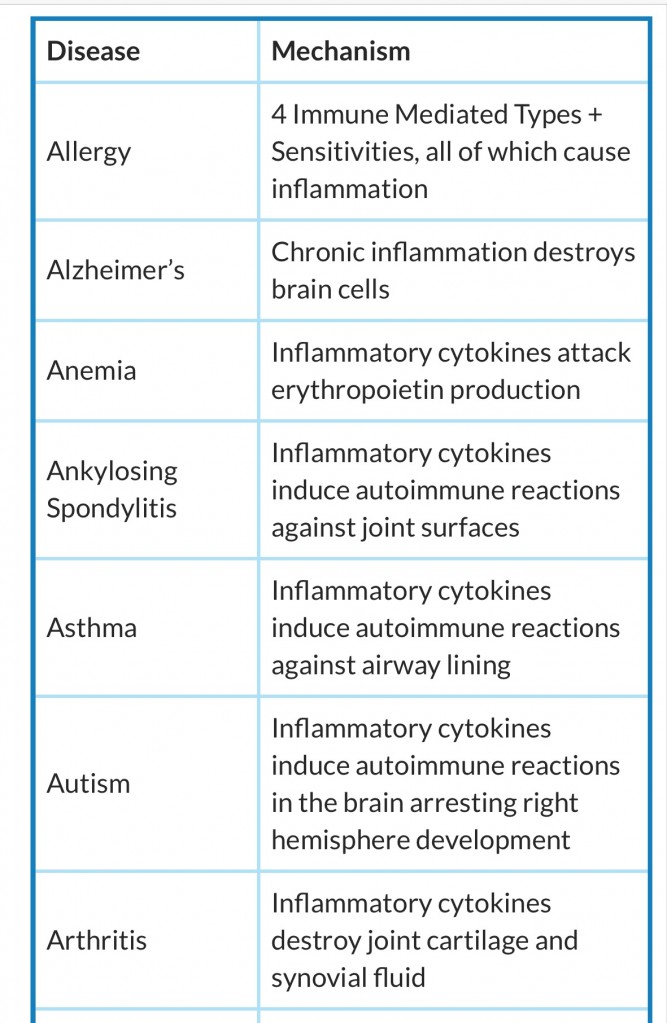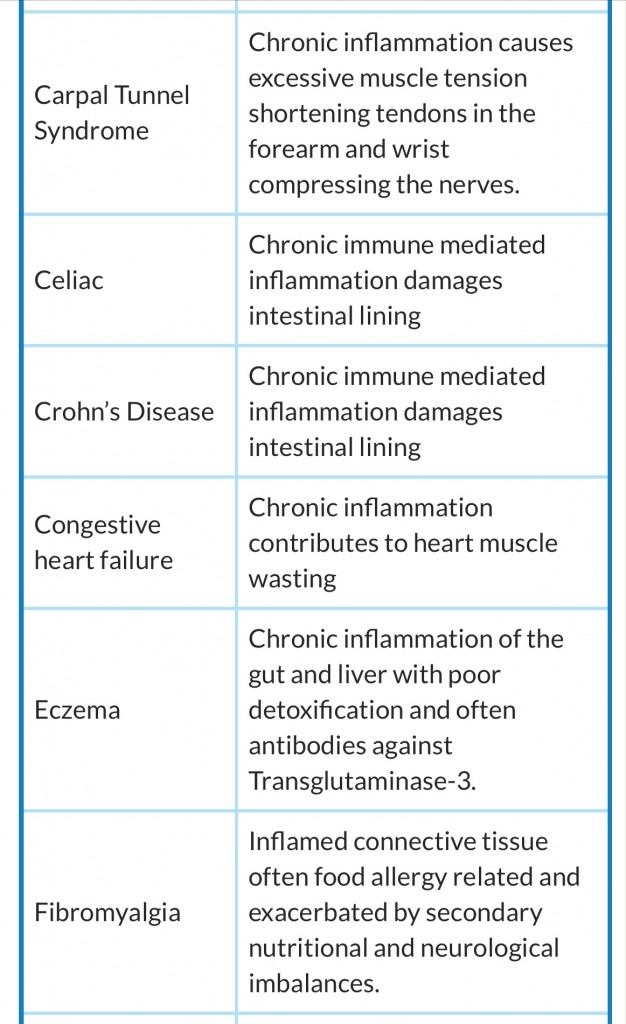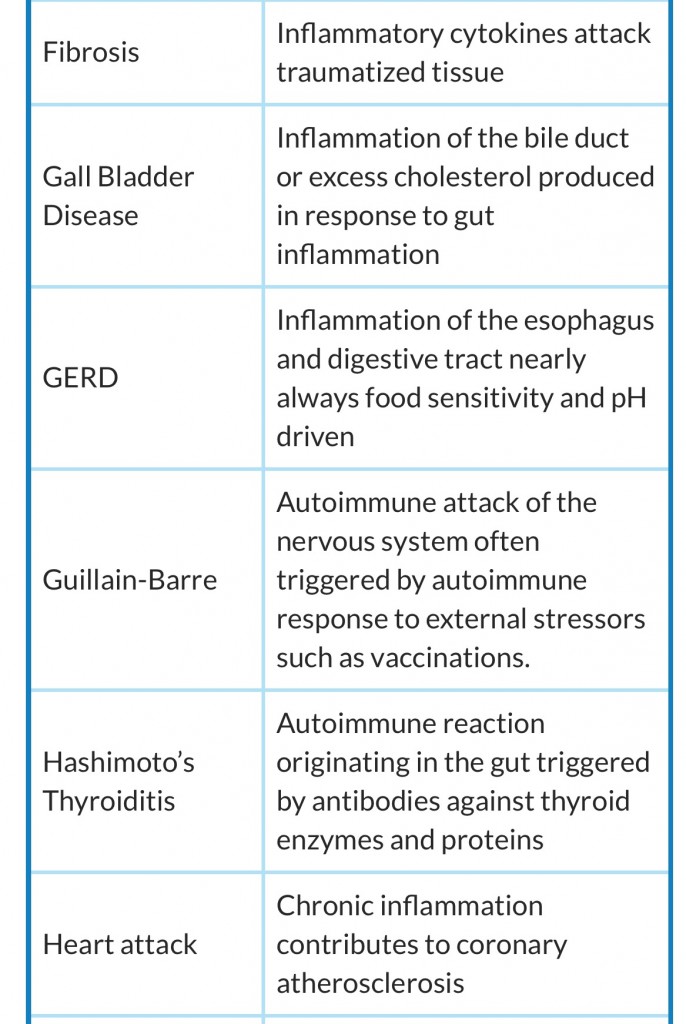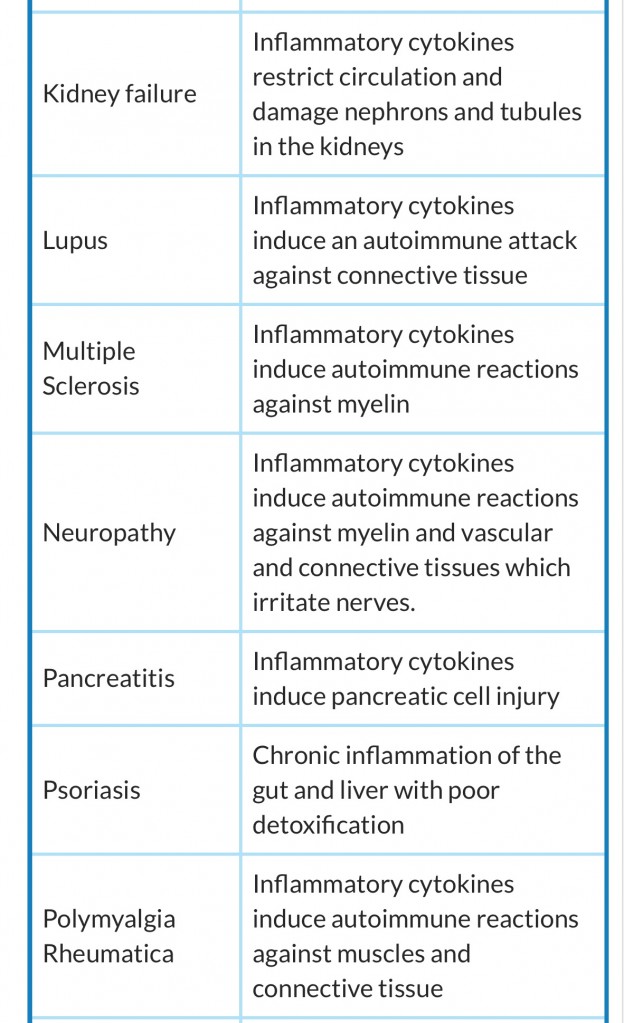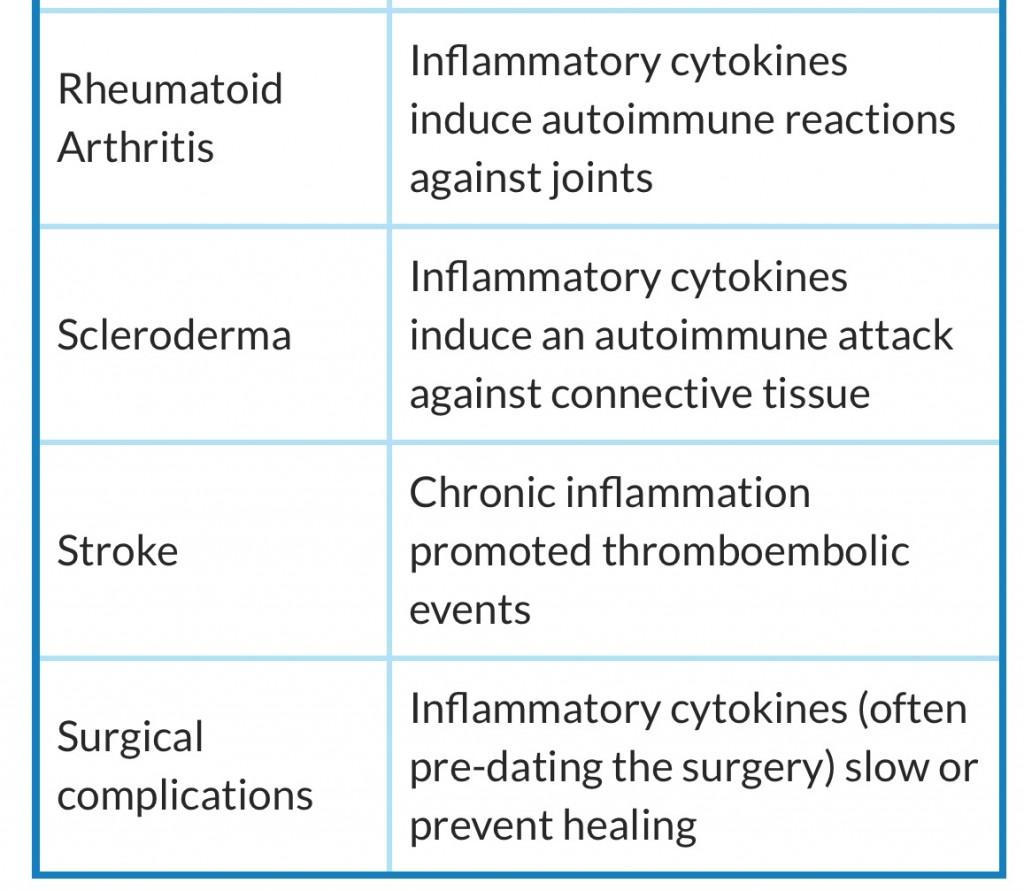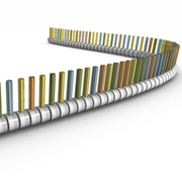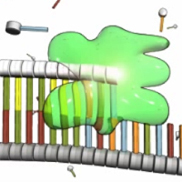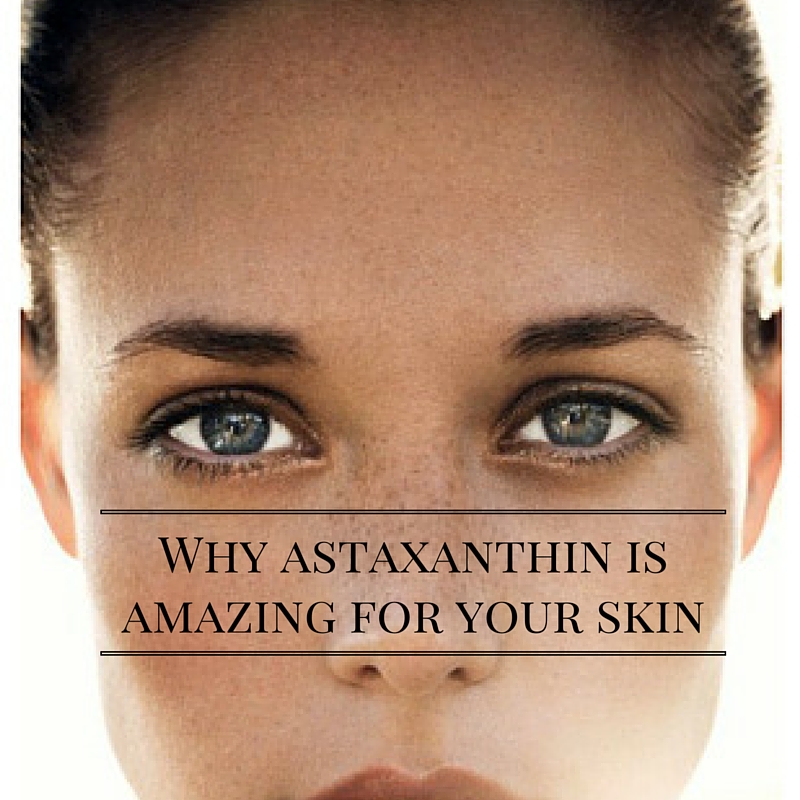- Thread starter
- #21
Study Hall organization - continuing work: through page 25 and working backwards through page 353
BASIC BIOLOGY
Post #59 - 2-minute neuroscience:The Blood Brain Barrier (BBB)
Post #39 - How Receptors Work: Agonists and Antagonists
Post #46 Fatty Acid Binding Proteins (Society of Cannabis Clinicians)
Post #4 - First Pass Metabolism
Post #17 - Bioavaibility of routes of administration (Green House Labs White Paper)
THE ENDOCANNABINOID SYSTEM
Post #40 - The Scientist (video on Raphael Mechoulam, credited as the discoverer of the ECS)
Post #2 - An introduction to the ECS
Post #15 - Pharmacological actions of non-psychotropic cannabinoids (with the indication of the proposed mechanisms of action)
Post #71 - Relative Affinities of Various Cannabinoids to Bind to CB1 and CB2 Receptor Sites
Post#74 - Minor Cannabinoids and Cannabis Terpenoids: Ethan Russo for The Society Of Cannabis Clinicians
Post #163 - Dr. Jeffrey Hergenrather on cannabinoid ratios.
Post #90 - Taming THC: Potential Cannabis Synergy - Ethan Russo (PDF file)
Post #141 - Terpene Boiling Points (link)
SUPPORTING THE ECS
Post #171 - The value of hemp seeds.
CONCERNING CANCER:
Post #5 - Competitive Inhibition
Post #3 - Demethylation
Post #50 - Demethylation: Essential (Phenolic) Oil Capsules
Post #56 - Cajun's thoughts on frequency of Demethylation
Post # 64 LCFAs can't cross the BBB? If this is the case, will this effect carrier oil choices for brain tumors?
Post #131 - Cannabinoids And Cancer: a flow chart (Journal of British Pharmacology)
Post #150 - ShiggityFlip explains the flow chart.
Post #154 - ShiggityFlip and SlowToke continue the invaluable conversation on how cells perform apoptosis (natural, safe, programmed cellular suicide).
Post #158 - ShiggityFlip explains Molarity as a concept of concentration. (In answer to a question about nano molars)
[COLOR="#000FF"]DRYING AND CURING[/COLOR]
Post # 3852 - DrZiggy's Low and Slow Drying Technique
Post # 3856 - AKgramma on curing in the refrigerator
STRAIN TEST RESULTS
Post #309 - neikodog's test results for AC/DC x Querkle #2
MAKING OILS
Decarboxylation
Post #159 - panacea's decarb method in a BBQ (reformatted version )
)
Post #83 - A study showing the slow rate of cure THC to CBN (not what everyone expected).
Post #86 - More thoughts on decarbing for maximum THC and CBD.
Post #94 - More discussion on decarbing, concerning loss of THC over time
Post #117 - Decarbing in a roasting bag.
Post #118 - Rambo's decarb experiment.
Post #49 - An Overview of Methods to Produce Concentrated Cannabis Oil
- Post #207 - SCET modificationsLab Rat has abandoned the SCET method of extraction in favor of methods known to produce better purity.
Post #211 - cajuncelt on expected oil pulls.
PsyCro's Olive Oil Extraction
Post #55 - CORRECTED POST:PsyCro's corrections to his fresh-harvested oil
Post #169 - fookinel's thoughts on essential oil choices, with valuable links. The next post continues this discussion.
Post #214 - fookinel&/ continuing thoughts on PsyCro's olive oil extraction.
Post #222 - PsyCro starts playing with pressure cookers.
Post #120 - wildjim's excellent notes on reclaiming solvent using a distiller.
Post # 3851 - Fresh Harvest Oil
The Washes
Post #200 - panacea's detailing of the washes. ****Excellent Post****
POST #178 - Review of the methods used by SkunkPharm
Post #219 - Winterizing explained
Post # 314 - results from washing with Everclear 151
Choosing The Carrier Oil
Post #80 - Fookinel's excellent thoughts on choice of carrier oil when dosing for particular disease.
Post #172 - More thoughts by fookinel on choosing the carrier oil.
Post # 3833 - CannaDad's guidelines on carrier oils
First Tries
Post #183 - neikodog's first attempt. Post #201 - the wrap-up
MISC THOUGHTS ON OILS
Post #190 - An interesting supposition: could you improve oil potency with a SOG?
Post # 3797 - Steep Hill Labs Cost Sheet
ADMINISTRATION AND DOSING
Post #160 - cajuncelt explains calculating the dose
Post # 3818 - Calculating the dose: Infused oils
Post #176 - PsyCro's thoughts on dosing his oil.
Post #187 - fookinel finishing this conversation.
Post #185 - fookinel calculates the cannabinoid load in PsyCro's olive oil.
Post #218 - Links to Radic-Al Conscious's "Medicinal Cannabis Therapy" and "Medicinal Cannabis Therapies for Cancer"
Post # 364 - Why CannaBudwig works
Post 3792 - a link to the Pain Creme recipe
The conversation on suppositories
Post # 320 - Dr. Jeffrey Hergenrather, MD on the efficacy of suppositories (2015)
Post # 326 - SlowToke on the current thinking of suppositories in the clinical field
Post # 329 - CajunCelt responds on the effectiveness of suppositories made with carrier oils
Post # 346 - PsyCro joins the conversation: Rectal Absorbtion of Cannabis Revisited - Greenbridge Medical Center
Post # 352 - CajunCelt chimes in again
From Post 3809 - Božidar RadiÅ¡ič presentation — Cannabis In Medicine: Practice & Experience (PDF)
Post # 3810 - Božidar RadiÅ¡ič's recommendations for suppository treatment
Following the Regimines B]
Post #242 - fookinel updates patient info (update from Post #173)
Post #3029 - Danolo describes a regimine for RA
Post # 333 - panacea explains the gist of a patient protocol for breast cancer
BIO-BOMBS
Post #161 - cajuncelt's original instructions on the BioBomb and thoughts on initiating a protocol.
Post #95 -fookinel includes links to cajuncelt's original recipe and panacea's adaptations.
Post #121 - BioBombs (our study hall beginnings)
Post #173 - fookinel's tutorial on mixing oils for increased bioavailability. ***Excellent Post***
Post # 334 - BioBomb Smoothies
[COLOR="000FF"]EQUIPMENT[/COLOR]
Post # 3834 - Nova Home Decarboxylator
MISCELLANEOUS STUDY JOY:
Post #3038 - Dr. Courtney on Raw Cannabis
Post #28 - Crash Course Chemistry and Energy: Carbon
Post #29 -Crash Course Chemistry and Energy: Biological Molecules & Crash Course Biology - DNA Transcription and Translation
Post #30Crash Course Chemistry: The Nucleus
Post #35 - Crash Course: Chemistry and Energy -
Post #45 - Support Organization for Medical Cannabis
Pick up on page 26 and 252
BASIC BIOLOGY
Post #59 - 2-minute neuroscience:The Blood Brain Barrier (BBB)
Post #39 - How Receptors Work: Agonists and Antagonists
Post #46 Fatty Acid Binding Proteins (Society of Cannabis Clinicians)
Post #4 - First Pass Metabolism
Post #17 - Bioavaibility of routes of administration (Green House Labs White Paper)
THE ENDOCANNABINOID SYSTEM
Post #40 - The Scientist (video on Raphael Mechoulam, credited as the discoverer of the ECS)
Post #2 - An introduction to the ECS
Post #15 - Pharmacological actions of non-psychotropic cannabinoids (with the indication of the proposed mechanisms of action)
Post #71 - Relative Affinities of Various Cannabinoids to Bind to CB1 and CB2 Receptor Sites
Post#74 - Minor Cannabinoids and Cannabis Terpenoids: Ethan Russo for The Society Of Cannabis Clinicians
Post #163 - Dr. Jeffrey Hergenrather on cannabinoid ratios.
Post #90 - Taming THC: Potential Cannabis Synergy - Ethan Russo (PDF file)
Post #141 - Terpene Boiling Points (link)
SUPPORTING THE ECS
Post #171 - The value of hemp seeds.
CONCERNING CANCER:
Post #5 - Competitive Inhibition
Post #3 - Demethylation
Post #50 - Demethylation: Essential (Phenolic) Oil Capsules
Post #56 - Cajun's thoughts on frequency of Demethylation
Post # 64 LCFAs can't cross the BBB? If this is the case, will this effect carrier oil choices for brain tumors?
Post #131 - Cannabinoids And Cancer: a flow chart (Journal of British Pharmacology)
Post #150 - ShiggityFlip explains the flow chart.
Post #154 - ShiggityFlip and SlowToke continue the invaluable conversation on how cells perform apoptosis (natural, safe, programmed cellular suicide).
Post #158 - ShiggityFlip explains Molarity as a concept of concentration. (In answer to a question about nano molars)
[COLOR="#000FF"]DRYING AND CURING[/COLOR]
Post # 3852 - DrZiggy's Low and Slow Drying Technique
Post # 3856 - AKgramma on curing in the refrigerator
STRAIN TEST RESULTS
Post #309 - neikodog's test results for AC/DC x Querkle #2
MAKING OILS
Decarboxylation
Post #159 - panacea's decarb method in a BBQ (reformatted version
 )
)Post #83 - A study showing the slow rate of cure THC to CBN (not what everyone expected).
Post #86 - More thoughts on decarbing for maximum THC and CBD.
Post #94 - More discussion on decarbing, concerning loss of THC over time
Post #117 - Decarbing in a roasting bag.
Post #118 - Rambo's decarb experiment.
Post #49 - An Overview of Methods to Produce Concentrated Cannabis Oil
- Post #207 - SCET modificationsLab Rat has abandoned the SCET method of extraction in favor of methods known to produce better purity.
Post #211 - cajuncelt on expected oil pulls.
PsyCro's Olive Oil Extraction
Post #55 - CORRECTED POST:PsyCro's corrections to his fresh-harvested oil
Post #169 - fookinel's thoughts on essential oil choices, with valuable links. The next post continues this discussion.
Post #214 - fookinel&/ continuing thoughts on PsyCro's olive oil extraction.
Post #222 - PsyCro starts playing with pressure cookers.

Post #120 - wildjim's excellent notes on reclaiming solvent using a distiller.
Post # 3851 - Fresh Harvest Oil
The Washes
Post #200 - panacea's detailing of the washes. ****Excellent Post****
POST #178 - Review of the methods used by SkunkPharm
Post #219 - Winterizing explained
Post # 314 - results from washing with Everclear 151
Choosing The Carrier Oil
Post #80 - Fookinel's excellent thoughts on choice of carrier oil when dosing for particular disease.
Post #172 - More thoughts by fookinel on choosing the carrier oil.
Post # 3833 - CannaDad's guidelines on carrier oils
First Tries
Post #183 - neikodog's first attempt. Post #201 - the wrap-up
MISC THOUGHTS ON OILS
Post #190 - An interesting supposition: could you improve oil potency with a SOG?
Post # 3797 - Steep Hill Labs Cost Sheet
ADMINISTRATION AND DOSING
Post #160 - cajuncelt explains calculating the dose
Post # 3818 - Calculating the dose: Infused oils
Post #176 - PsyCro's thoughts on dosing his oil.
Post #187 - fookinel finishing this conversation.
Post #185 - fookinel calculates the cannabinoid load in PsyCro's olive oil.
Post #218 - Links to Radic-Al Conscious's "Medicinal Cannabis Therapy" and "Medicinal Cannabis Therapies for Cancer"
Post # 364 - Why CannaBudwig works
Post 3792 - a link to the Pain Creme recipe
The conversation on suppositories
Post # 320 - Dr. Jeffrey Hergenrather, MD on the efficacy of suppositories (2015)
Post # 326 - SlowToke on the current thinking of suppositories in the clinical field
Post # 329 - CajunCelt responds on the effectiveness of suppositories made with carrier oils
Post # 346 - PsyCro joins the conversation: Rectal Absorbtion of Cannabis Revisited - Greenbridge Medical Center
Post # 352 - CajunCelt chimes in again
From Post 3809 - Božidar RadiÅ¡ič presentation — Cannabis In Medicine: Practice & Experience (PDF)
Post # 3810 - Božidar RadiÅ¡ič's recommendations for suppository treatment
Following the Regimines B]
Post #242 - fookinel updates patient info (update from Post #173)
Post #3029 - Danolo describes a regimine for RA
Post # 333 - panacea explains the gist of a patient protocol for breast cancer
BIO-BOMBS
Post #161 - cajuncelt's original instructions on the BioBomb and thoughts on initiating a protocol.
Post #95 -fookinel includes links to cajuncelt's original recipe and panacea's adaptations.
Post #121 - BioBombs (our study hall beginnings)
Post #173 - fookinel's tutorial on mixing oils for increased bioavailability. ***Excellent Post***
Post # 334 - BioBomb Smoothies
[COLOR="000FF"]EQUIPMENT[/COLOR]
Post # 3834 - Nova Home Decarboxylator
MISCELLANEOUS STUDY JOY:
Post #3038 - Dr. Courtney on Raw Cannabis
Post #28 - Crash Course Chemistry and Energy: Carbon
Post #29 -Crash Course Chemistry and Energy: Biological Molecules & Crash Course Biology - DNA Transcription and Translation
Post #30Crash Course Chemistry: The Nucleus
Post #35 - Crash Course: Chemistry and Energy -
Post #45 - Support Organization for Medical Cannabis
Pick up on page 26 and 252





 His point, and I agree with it, is that with an infusion you get 100% of the medicine.
His point, and I agree with it, is that with an infusion you get 100% of the medicine. 





 .
. Brain approved .
Brain approved .